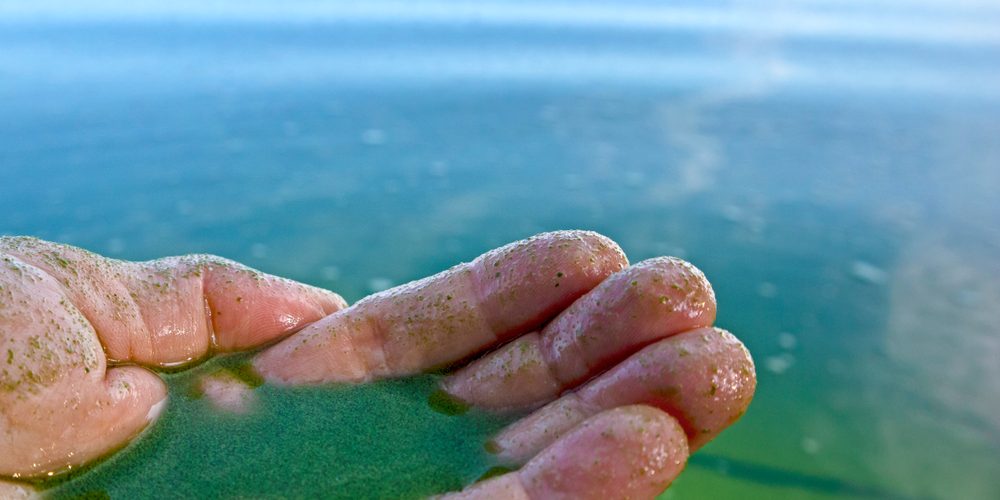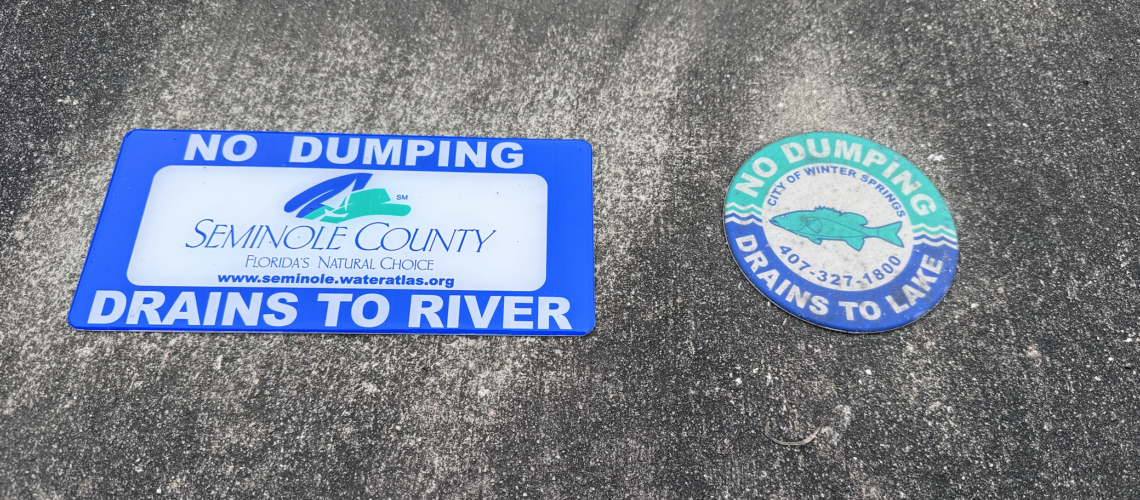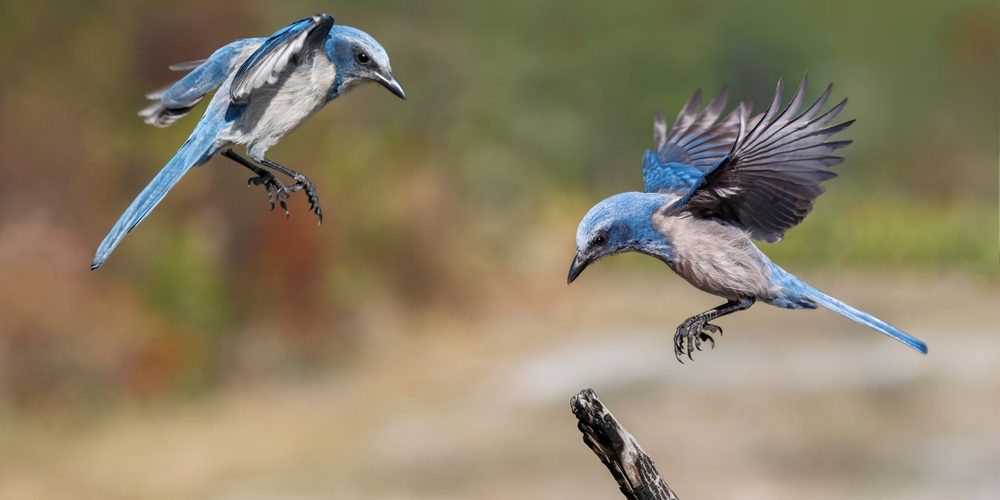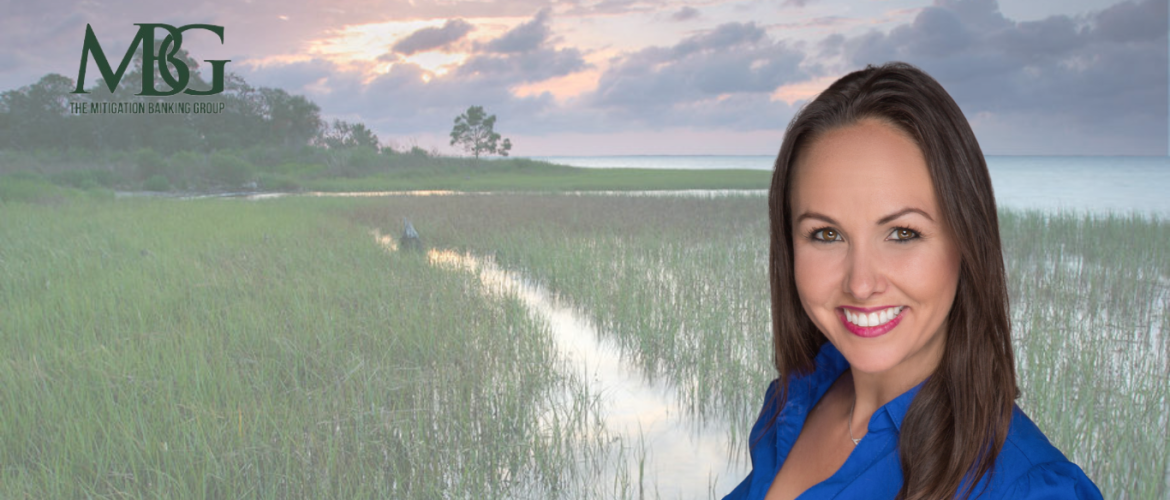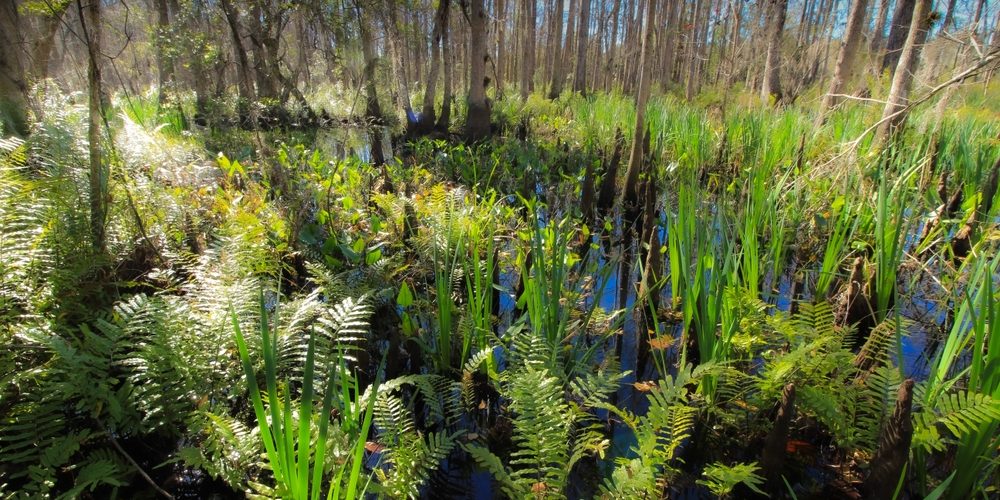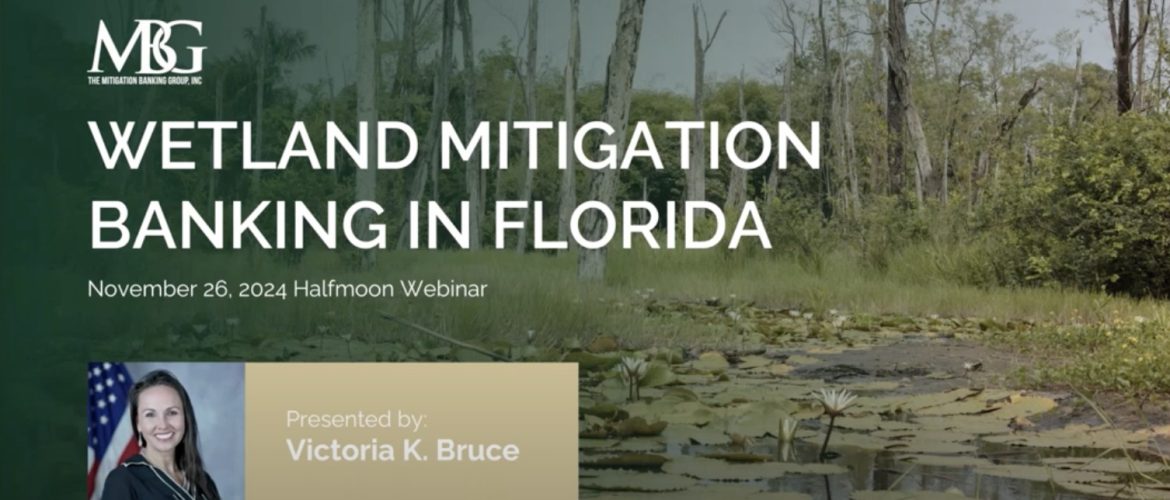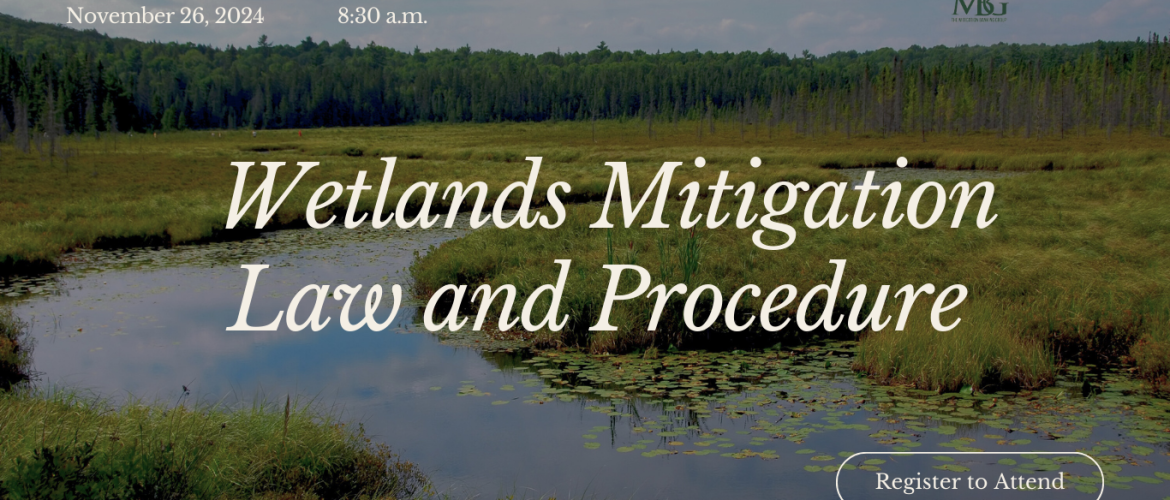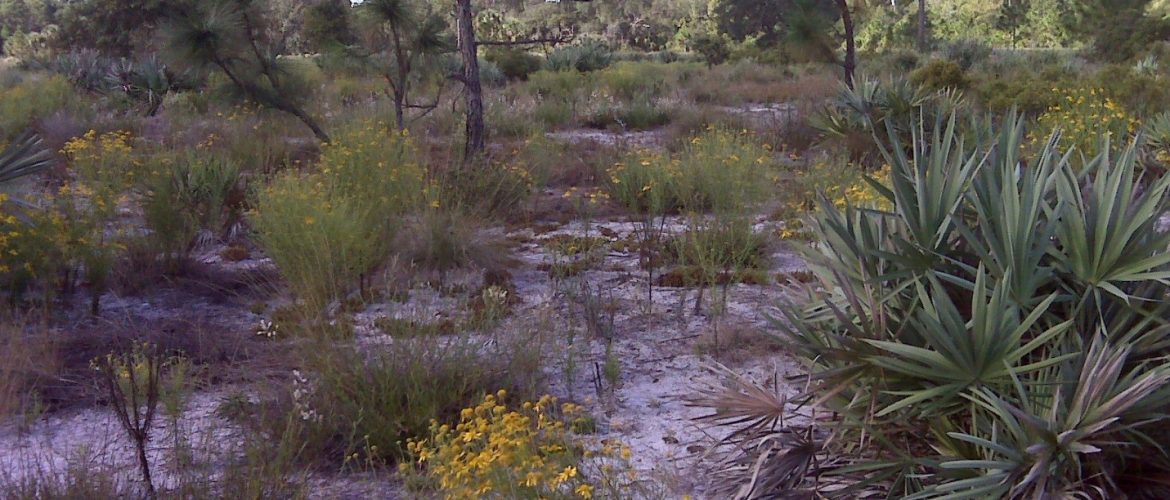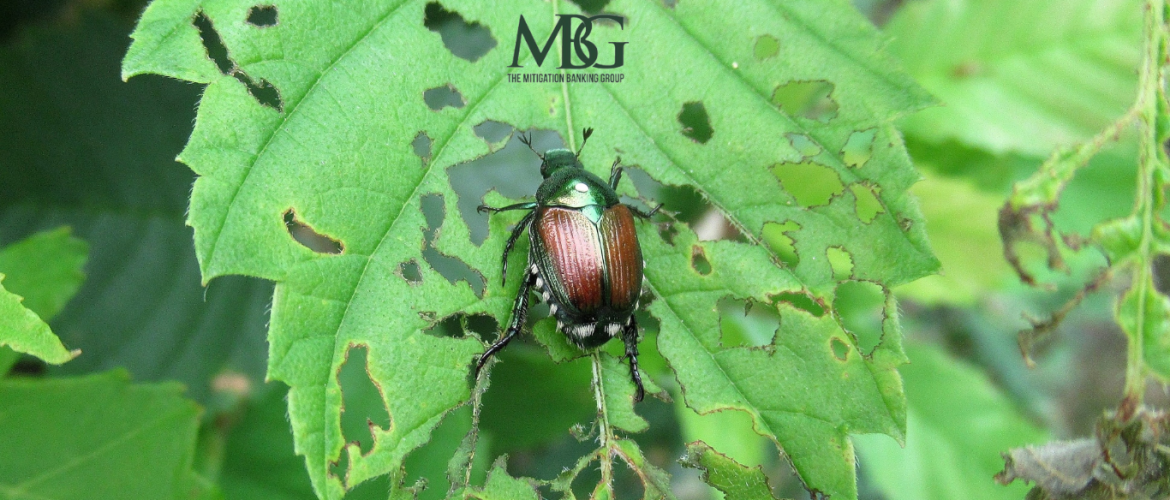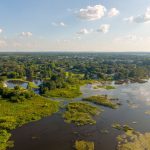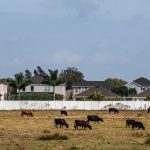Water Quality Enhancement Areas (WQEAs): Supporting Florida’s Basin Management Action Plans (BMAPs) As Florida continues to prioritize environmental preservation and water quality, innovative regulatory tools like Water Quality Enhancement Areas (WQEAs) are becoming a vital part of statewide restoration efforts. Implemented in 2022 by the Florida Department of Environmental Protection (FDEP), WQEAs provide a new mechanism for regional water quality treatment that addresses nutrient pollution and helps achieve compliance within Basin Management Action Plans (BMAPs). We’re closely following the development and expansion
Evaluating Your Property for a Wetland Mitigation Bank If you’re a landowner wondering whether your property could qualify as a wetland mitigation bank, there are several important factors to consider. A qualified mitigation banking specialist will evaluate your land using historical and current aerial imagery to determine its restoration potential. While every site is unique, the most critical factors include: Size – Is the property large enough to support meaningful ecological restoration? Location – Does it fall within a watershed where mitigation credits
Stormwater Protection in Winter Springs At The Mitigation Banking Group, we’ve always been committed to protecting Florida’s natural resources. Now, I’m bringing that same passion and expertise to stormwater protection efforts in Winter Springs. As a city commissioner and a long-time advocate for water conservation, I’m proud to lead initiatives that keep our waterways clean, reduce pollution, and educate the community on stormwater management. Why Stormwater Protection Matters Stormwater runoff is one of the biggest threats to our lakes, rivers, and wetlands. Every
Protecting the Florida Scrub Jay: Pending Lawsuit Raises Conservation Concerns The Florida scrub-jay is a unique, federally threatened bird species found only in the sandy, scrubby habitats of Florida. Known for its striking blue feathers and social nature, the scrub-jay relies on fire-dependent ecosystems to thrive. However, habitat loss due to development has drastically reduced its population, making conservation efforts crucial to its survival. Now, a legal battle is unfolding that could not only affect the Florida scrub-jay but also redefine
Executive Order to Speed Up Environmental Permitting: What It Means for Mitigation Banking On January 20, 2025, President Trump signed Executive Order 14154, titled Unleashing American Energy, which extends beyond energy projects to significantly reshape how federal agencies approve projects impacting the environment. This Executive Order directs agencies to roll back National Environmental Policy Act (NEPA) regulations and streamline permitting processes, aiming to reduce delays and expedite approvals. With environmental regulations directly influencing wetland mitigation banking, it’s crucial to understand how
Understanding the Wetland Mitigation Process Wetlands are vital ecosystems that maintain ecological balance, support biodiversity, and protect against flooding. However, development projects such as housing, transportation, and infrastructure expansions can disrupt or destroy these critical areas. To address these challenges, the wetland mitigation process has emerged as a crucial framework to offset environmental impacts while enabling sustainable development. Key Players in the Wetland Mitigation Process The success of the wetland mitigation process depends on the collaborative efforts of three key stakeholders: 1.
Recap: Wetland Science & Mitigation Webinar Highlights On November 26, 2024, I had the pleasure of joining a panel of esteemed professionals for the Wetland Science & Mitigation Webinar, where we explored critical topics shaping the future of wetland restoration and compliance. It was an honor to share my expertise on wetland mitigation banking alongside such a knowledgeable lineup. For those who couldn’t attend, this blog recaps the key points from my session and provides
Wetland Science & Mitigation Webinar: Exploring Key Topics in Wetland Restoration I’m honored to announce that I will be featured as a speaker in an upcoming Wetland Science, History, & Processes Webinar on Tuesday, November 26, 2024. This live, interactive event will explore critical topics in wetland science, with a special focus on wetland mitigation banking, state in-lieu fee programs, and permittee responsible mitigation (PRM). The event brings together a fantastic lineup of industry
Wetland Mitigation Bank Credit Potential: A Path to Sustainable Land Restoration and Profit When considering a property’s suitability for a wetland mitigation bank, size and location are critical factors. Many landowners frequently ask whether their property qualifies for the establishment of a mitigation bank, and while there is no one-size-fits-all answer, understanding the factors involved can help determine if your land holds potential. Property Size and Credit Potential A common question is whether smaller parcels, such as a 160-acre property in Central Florida, are
Understanding and Managing Invasive Plant Species in Florida Florida’s diverse ecosystems, mild winters, and international ports make it especially vulnerable to the introduction and spread of invasive plant species. These non-native plants can cause significant environmental harm, displacing native species, altering habitats, and impacting agricultural productivity. As a leading state for biodiversity, it’s crucial that Florida remains proactive in identifying and managing invasive plant species. Left unchecked, these species can overrun local habitats, choking out native plants and disrupting delicate ecological balances. What

